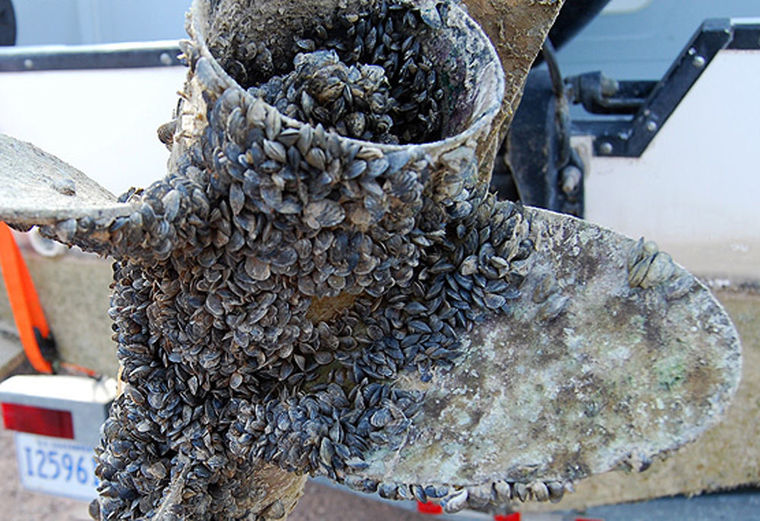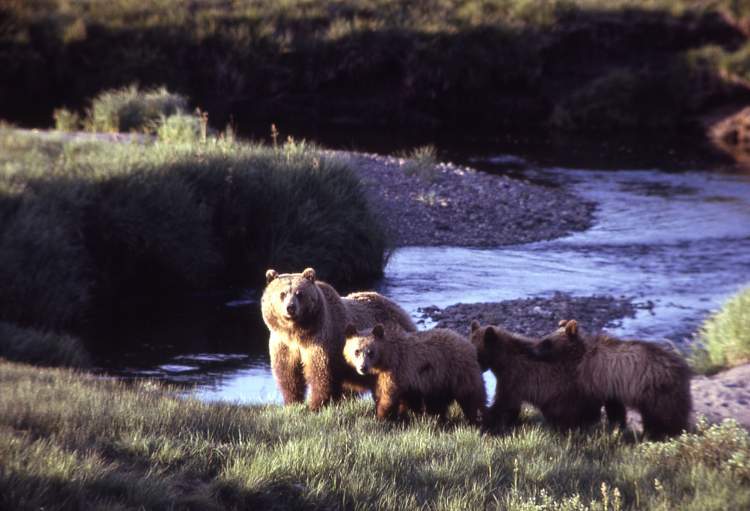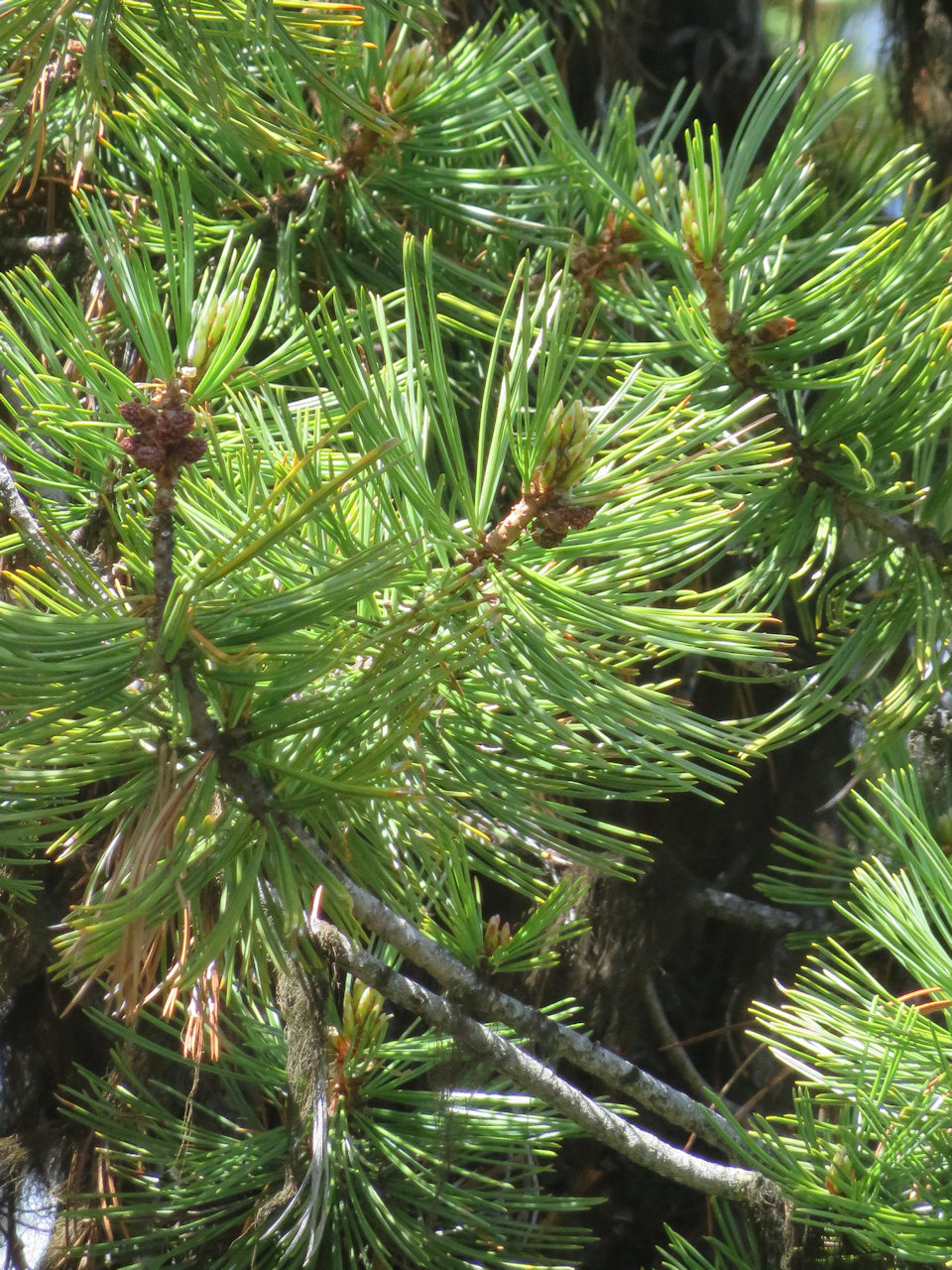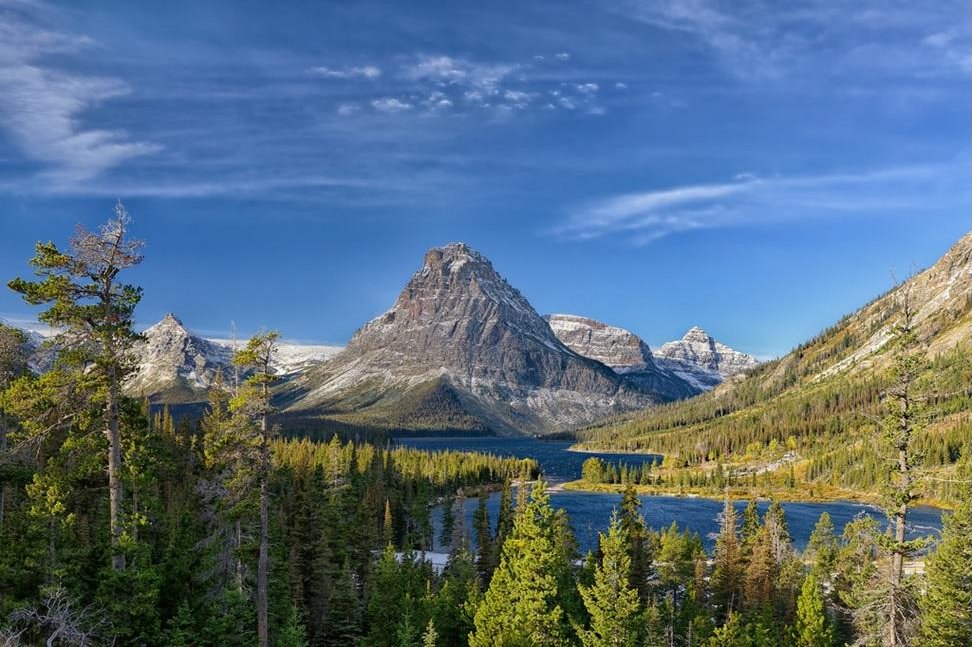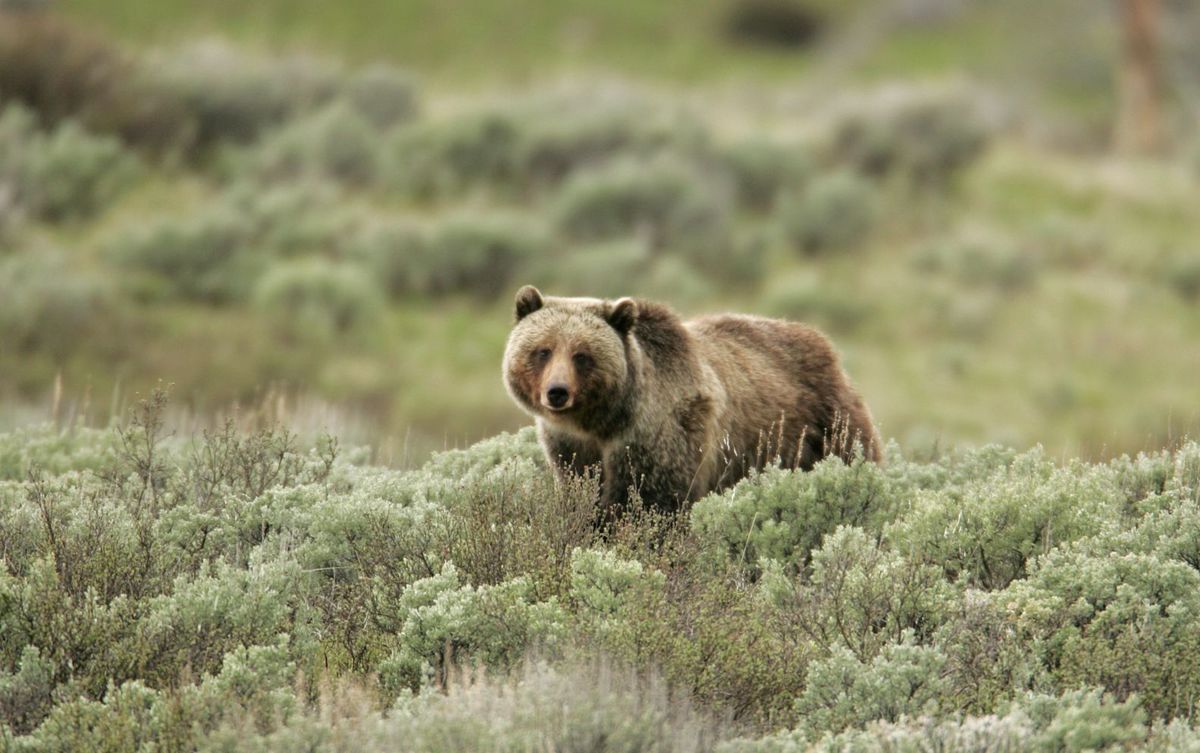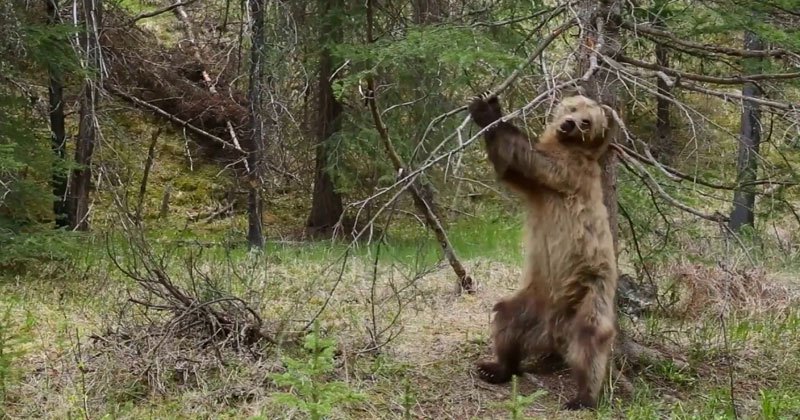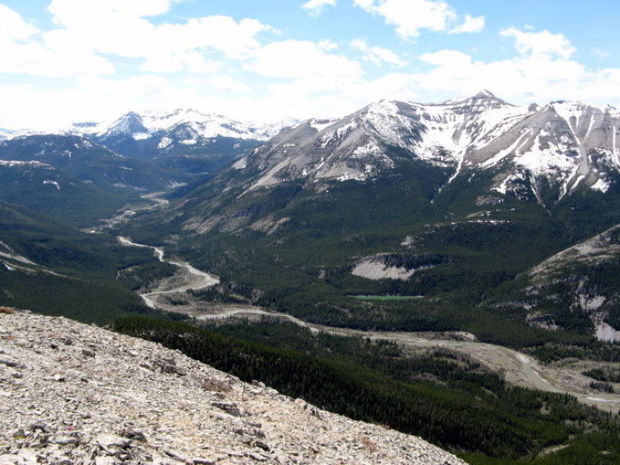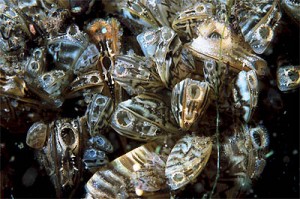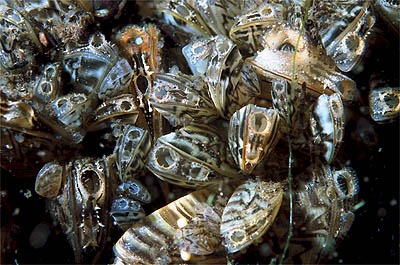
Uh, oh. More evidence of invasive mussel species in Montana’s waters . . .
Preliminary test results have indicated another possible detection of mussel larvae south of Canyon Ferry Reservoir in the Missouri River, although additional lab work is needed to confirm the detection.
Montana Fish, Wildlife and Parks spokesman Greg Lemon said Monday evening that a water sample taken from the York Islands fishing access south of Townshend was found to be “suspect” during initial testing by state scientists. He said additional testing is needed to confirm whether the sample contained larvae from zebra or quagga mussels, two species of invasive mussel known to multiply aggressively and generate costly damage to aquatic ecosystems and infrastructure.
The finding comes about two weeks after mussel larvae, known as “veligers,” were confirmed for the first time in Montana waters at Tiber Reservoir. Another sample taken from upstream in Canyon Ferry was inconclusive, but a visual microscopy test indicated the veligers were present in that water body as well.
Official Montana FWP press release: Samples from Missouri River, south of Townsend, suspect for mussel larva
For additional background: Montana on High Alert After Mussel Discovery (Flathead Beacon)
